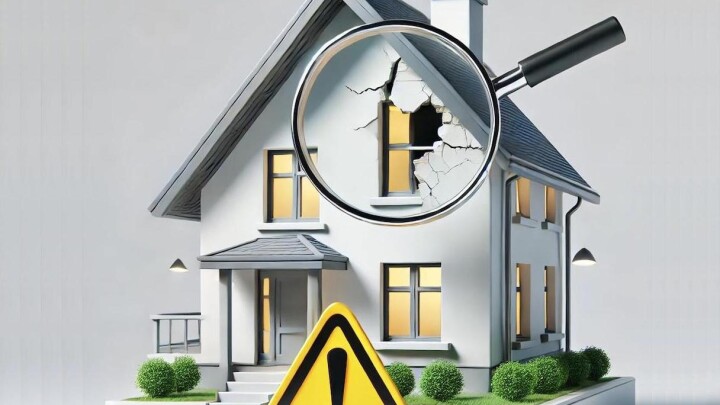Hidden defects: Requirements to be able to make a claim
When it comes to claiming for hidden defects after the purchase of a second hand property, it is essential to take into account how complex it can be to prove before a judge that the defect meets all the legal requirements to be considered a hidden defect. Not all visible or problematic defects can be claimed, and the judicial interpretation in these cases is strict.
In other previous articles we have already discussed what hidden defects are and how they should be claimed. In this article, we look at the key requirements that must be met in order to make a claim and how subjectivity in interpretation can complicate the process.
1. The defect must be hidden in plain sight
The first criterion is that the defect must be invisible during an ordinary inspection. But what does this mean in judicial terms? Judges assess whether a buyer, with basic knowledge and no technical tools, could have identified the problem. Obvious defects do not qualify as hidden defects, so proving that a problem was really imperceptible becomes a crucial aspect in a claim.
2. Pre-existence of the defect
The defect must have existed prior to purchase, which can be difficult to prove. This is where a detailed technical evaluation is essential to prove that the problem did not arise after the purchase, but was already latent and has manifested itself later. Before a judge, this proof must be solid and clear, as any doubt can tip the balance against the claimant.
3. Seriousness of the defect
In order to be considered a hidden defect that can be claimed, the defect must be serious enough to affect the functionality or habitability of the dwelling. This is key in the judicial process, where it is often argued that some minor problems do not meet this threshold. Judges assess the magnitude of the defect and whether it would have altered the value of the sale had it been previously known.
4. Lack of knowledge of the buyer
Finally, the buyer may not have been aware of the defect at the time of purchase. If it can be shown that the buyer was informed, there is no legal basis for the claim. In this respect, contracts, reports and communications between both parties play a vital role in the legal process.
I tell you something: the best way to avoid this is not to take a gamble. How? With a pre-purchase technical inspection. We detect what you can't. Save you trouble? Guaranteed.
Call us before you buy. Afterwards, complaining is not so simple.
At Valido Home we offer complete technical inspections to ensure you make the best decision in your purchase. Don't risk future litigation. Contact us and make sure your investment is protected.

Miguel S. Moreira
Miguel is a trained architect and building engineer with a ample experience in the real estate sector. He is the co-founder of Valido Home and loves to inform about the risks involved in purchasing property in Spain.




